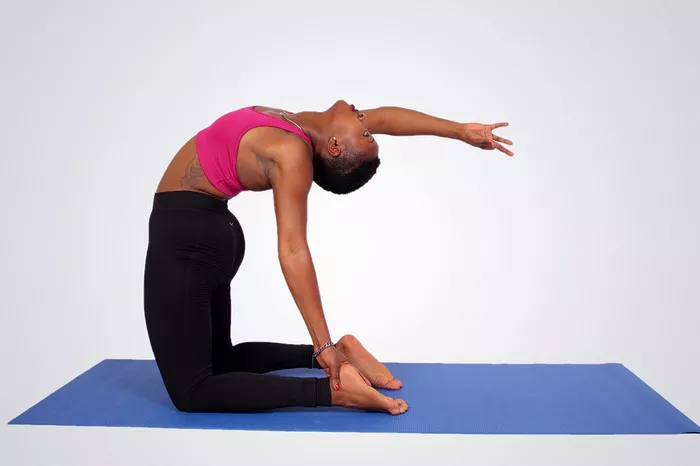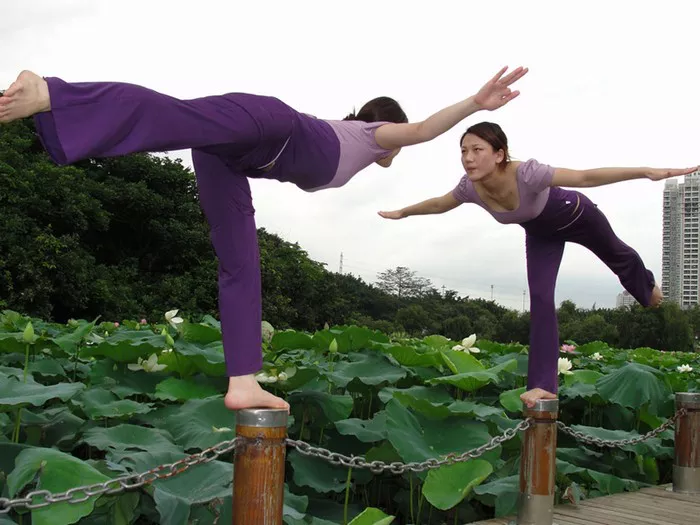Yoga is a practice that has become globally popular, known for its benefits to the body, mind, and spirit. However, its origins are deeply rooted in a specific culture and geography. This article delves into the history of yoga, exploring the country where yoga was invented, its early development, and how it has spread worldwide.
The Origins of Yoga
Yoga was invented in ancient India. The word “yoga” comes from the Sanskrit word “yuj,” which means “to unite” or “to yoke.” It symbolizes the union of body, mind, and spirit, a concept central to the practice of yoga. The origins of yoga can be traced back over 5,000 years, making it one of the oldest physical and spiritual practices in the world.
Ancient Texts and Yoga
The earliest references to yoga are found in ancient Indian texts. These texts provide insights into the origins and evolution of yoga as a practice and philosophy.
1. The Vedas
The Vedas are the oldest sacred texts of Hinduism, dating back to around 1500 BCE. Although the Vedas primarily focus on rituals and hymns, they contain early mentions of yoga, particularly in the context of meditation and ascetic practices. The Rigveda, one of the four Vedas, contains the first known references to the practice of meditation, which is a key component of yoga.
2. The Upanishads
The Upanishads, composed between 800 and 400 BCE, are philosophical texts that explore the nature of reality and the self. They introduce the concept of “yoga” as a means to achieve spiritual enlightenment and self-realization. The Upanishads emphasize the importance of meditation, breath control, and ethical living, which are all essential elements of yoga.
3. The Bhagavad Gita
The Bhagavad Gita, a 700-verse Hindu scripture, is part of the Indian epic Mahabharata. It was composed around 500 BCE and is one of the most important texts in the history of yoga. In the Bhagavad Gita, Lord Krishna teaches the warrior Arjuna about the various paths of yoga, including Karma Yoga (the yoga of action), Bhakti Yoga (the yoga of devotion), and Jnana Yoga (the yoga of knowledge). The Bhagavad Gita presents yoga as a holistic practice that encompasses physical, mental, and spiritual disciplines.
4. The Yoga Sutras of Patanjali
The Yoga Sutras of Patanjali, written around 400 CE, is one of the most influential texts on yoga. Patanjali is often referred to as the “father of yoga” because his Yoga Sutras systematically outline the philosophy and practice of yoga. The text defines yoga as “the cessation of the fluctuations of the mind” and introduces the eightfold path of yoga, known as Ashtanga Yoga. This path includes ethical guidelines, physical postures (asanas), breath control (pranayama), and meditation.
Development of Yoga in Ancient India
Yoga developed in India over several millennia, influenced by various spiritual and philosophical traditions. It evolved through the efforts of sages, ascetics, and spiritual teachers who practiced and taught yoga as a means of achieving spiritual liberation.
1. Pre-Classical Yoga
Pre-Classical Yoga refers to the period before the Yoga Sutras of Patanjali. During this time, yoga was primarily a spiritual practice, closely associated with the ascetic traditions of Hinduism, Jainism, and Buddhism. Practitioners sought to achieve self-realization through meditation, self-discipline, and ethical living.
2. Classical Yoga
Classical Yoga is defined by the teachings of Patanjali’s Yoga Sutras. This period marked the formalization of yoga as a structured practice. Patanjali’s eightfold path of yoga provided a clear framework for practitioners to follow, emphasizing the importance of mental discipline, ethical conduct, and physical postures.
3. Post-Classical Yoga
Post-Classical Yoga refers to the period after the Yoga Sutras, when various schools of yoga emerged, each with its own interpretation of the practice. Hatha Yoga, which focuses on physical postures and breath control, became particularly popular during this time. The Hatha Yoga Pradipika, written in the 15th century, is a key text from this period that outlines the practice of Hatha Yoga.
4. Modern Yoga
Modern Yoga began to take shape in the late 19th and early 20th centuries as Indian teachers started to share yoga with the world. Swami Vivekananda, a Hindu monk, played a crucial role in introducing yoga to the West. He traveled to the United States in 1893 and spoke at the Parliament of the World’s Religions in Chicago, where he presented yoga as a universal practice that transcends religious boundaries.
See Also: what are the different types of yoga practiced
The Spread of Yoga Worldwide
Yoga, which began as a spiritual practice in ancient India, has spread across the globe and evolved into various forms. The 20th century saw the rise of many influential yoga teachers who contributed to the global spread of yoga.
1. Swami Sivananda
Swami Sivananda was a prominent Indian yoga teacher and spiritual leader. He founded the Divine Life Society in 1936 and wrote numerous books on yoga and spirituality. His teachings emphasized the integration of physical, mental, and spiritual practices. Swami Sivananda’s disciples, such as Swami Vishnudevananda, helped spread his teachings to the West, establishing yoga centers in Europe and North America.
2. Tirumalai Krishnamacharya
Tirumalai Krishnamacharya, often referred to as the “father of modern yoga,” was a highly influential yoga teacher in the 20th century. He played a key role in popularizing yoga as a physical practice, focusing on the importance of asanas and breath control. Krishnamacharya’s students, including B.K.S. Iyengar, K. Pattabhi Jois, and Indra Devi, became some of the most renowned yoga teachers in the world.
3. B.K.S. Iyengar
B.K.S. Iyengar developed Iyengar Yoga, a form of Hatha Yoga that emphasizes precise alignment and the use of props to achieve the correct posture. His book, Light on Yoga, published in 1966, became a seminal text in the yoga community and introduced millions of people to the practice of yoga.
4. K. Pattabhi Jois
K. Pattabhi Jois is the founder of Ashtanga Vinyasa Yoga, a dynamic and physically demanding style of yoga that involves synchronizing breath with a series of postures. Jois established the Ashtanga Yoga Research Institute in Mysore, India, which became a global hub for yoga practitioners.
5. Indra Devi
Indra Devi, born in Latvia, was one of the first women to teach yoga in the West. She studied under Krishnamacharya and later moved to the United States, where she opened a yoga studio in Hollywood in 1947. Indra Devi’s teachings helped popularize yoga among Western celebrities and the general public.
Yoga in the Modern World
Today, yoga is practiced by millions of people worldwide. It has become a global phenomenon, with various styles and interpretations. However, despite its global popularity, yoga’s roots remain firmly planted in India.
1. The Globalization of Yoga
Yoga has spread to nearly every corner of the globe, with yoga studios, retreats, and teacher training programs available in almost every country. The practice has been embraced by people of all ages and backgrounds, and its benefits are widely recognized. In 2014, the United Nations declared June 21 as International Yoga Day, highlighting the global significance of yoga.
2. The Commercialization of Yoga
With its rise in popularity, yoga has also become commercialized. Yoga classes, clothing, and accessories have become a multi-billion-dollar industry. While this commercialization has made yoga more accessible, it has also led to concerns about the dilution of its spiritual and cultural aspects.
3. The Return to Traditional Yoga
In response to the commercialization of yoga, there has been a growing movement to return to its traditional roots. Many practitioners and teachers emphasize the importance of understanding yoga’s origins and practicing it in a way that honors its cultural and spiritual heritage. This includes studying ancient texts, practicing meditation, and incorporating ethical principles into daily life.
Conclusion
Yoga was invented in ancient India, where it developed over thousands of years as a spiritual practice aimed at uniting the body, mind, and spirit. The practice of yoga has evolved and spread across the globe, becoming a universal tool for health, well-being, and self-realization. Despite its global popularity, yoga’s origins in India remain a central aspect of its identity. By understanding and honoring these roots, practitioners can deepen their practice and connect with the rich cultural heritage of yoga.
Related topics:






















